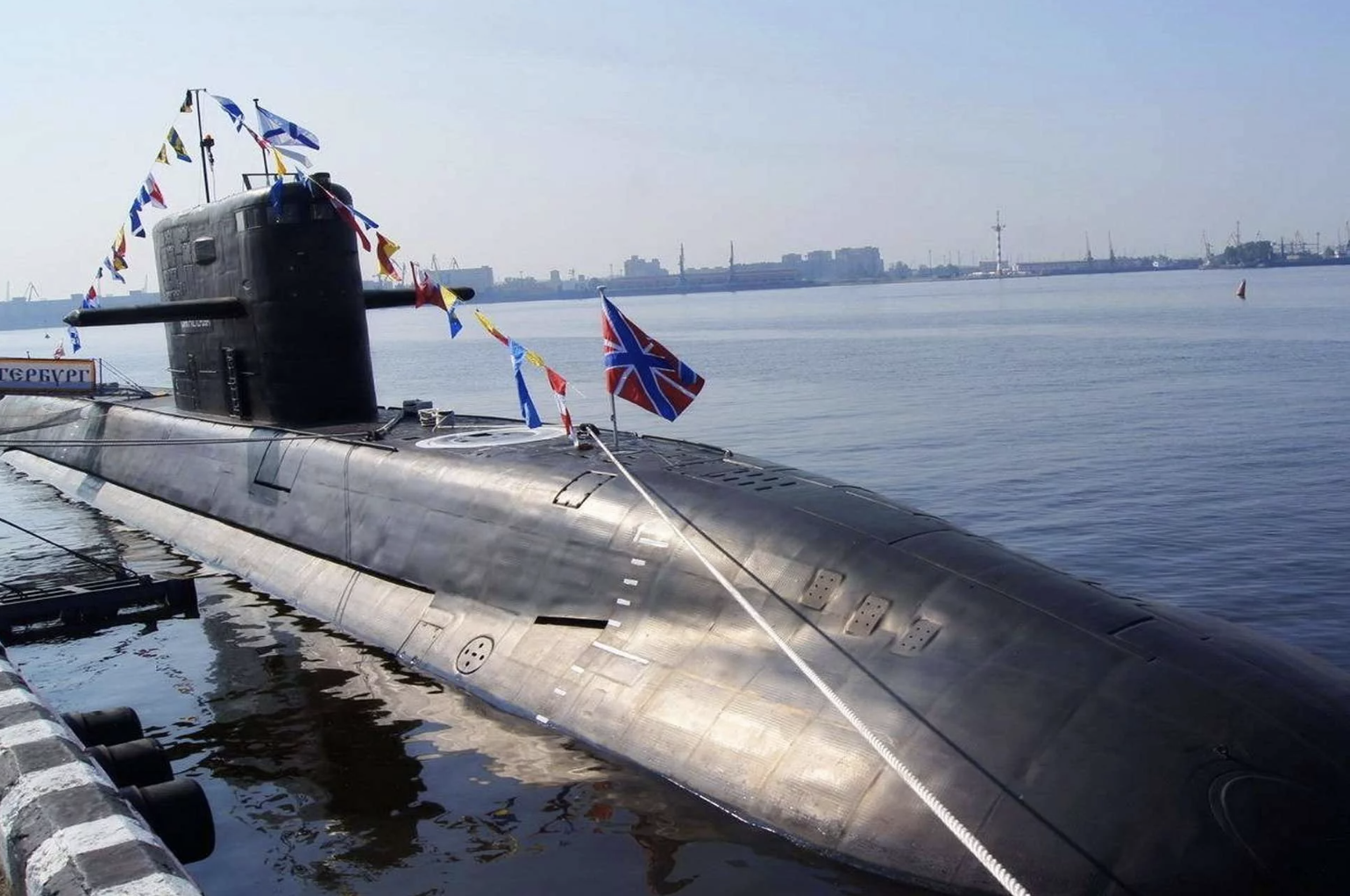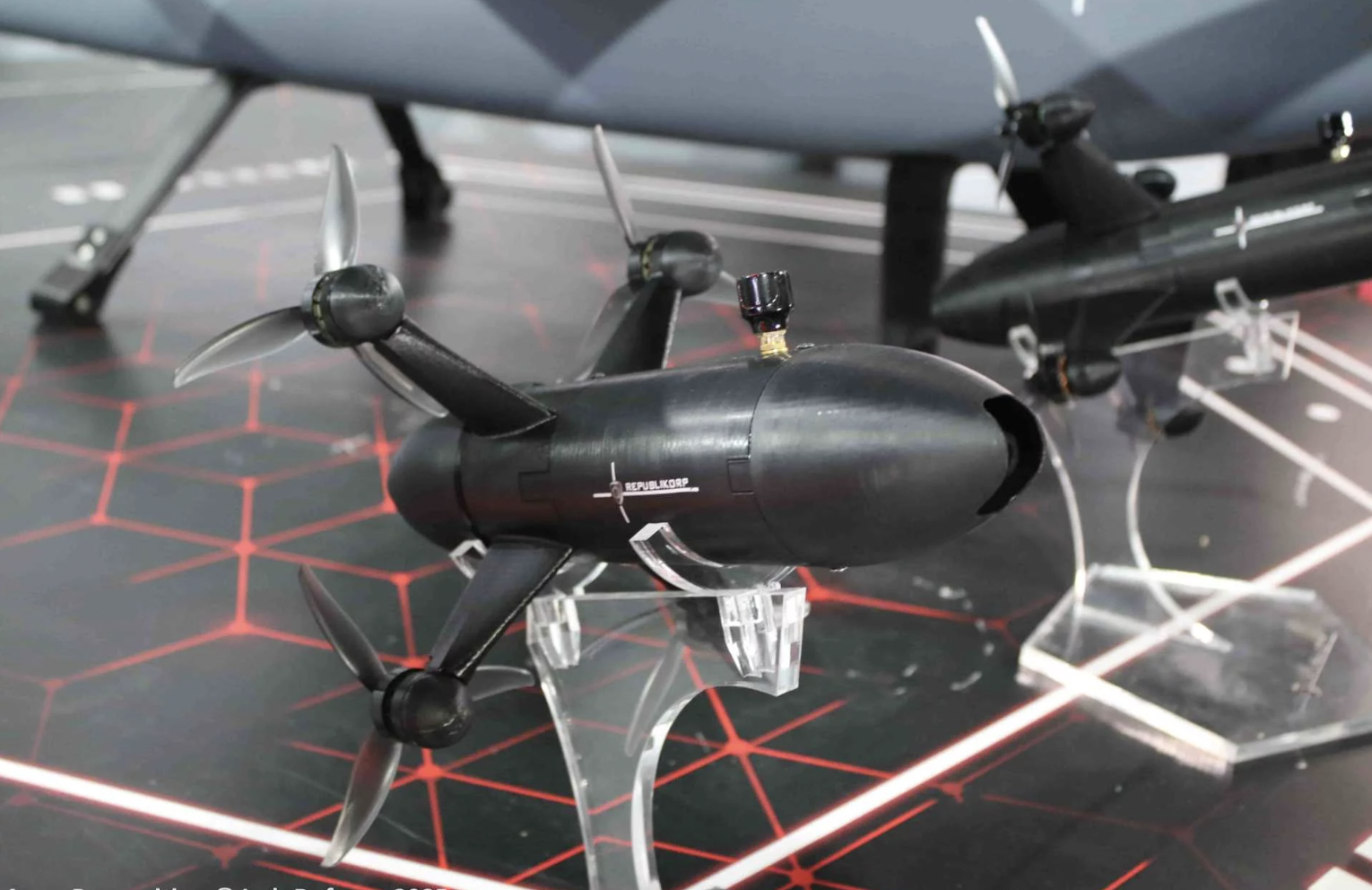* Russia puts into service new generation Kilo submarine Yakutsk
The Russian Navy has officially received the Yakutsk submarine, the last of the Project 636.3, and assigned it to the Pacific Fleet. This not only contributes to improving Russia's submarine attack capabilities but also clearly demonstrates Moscow's determination to maintain strategic balance at sea.
 |
| New generation Kilo submarine Yakutsk. Photo: Army Recognition |
Yakutsk is the 6th Project 636.3 submarine assigned to the Pacific Fleet and the 12th to be delivered under the Kilo submarine modernization program implemented by the Admiralty Shipyard.
The Yakutsk submarine is 73m long and has a submerged displacement of more than 3,000 tons. It uses a diesel-electric engine, is equipped with a modern sonar system, advanced noise reduction technology and is capable of launching Kalibr-PL cruise missiles. It can dive to a depth of 300m, operate continuously for 45 days at sea, and has a crew of 52 officers and sailors, specializing in anti-submarine and anti-surface ship missions.
* Indonesia launches Bramara suicide UAV
At the IndoDefense 2025 defense exhibition, Indonesian company Republik Defense launched the Bramara small unmanned aerial vehicle (UAV). This is a precision strike vehicle that can fit in a standard backpack, with the maneuverability suitable for army operations. As a light suicide UAV, Bramara is designed to provide additional attack options for units that do not have the conditions to use artillery or air power.
 |
| Bramara suicide UAV. Photo: Army Recognition |
The Bramara suicide UAV was launched in 2023 along with the larger Konta UAV. Bramara carries a 400g warhead integrated directly into the body of the device. This is a light tactical warhead, suitable for attacking enemy forces, destroying combat vehicles and fixed targets. Its maximum range of 2.5km makes it suitable for short-range combat missions that require high accuracy and fast reaction time. Bramara allows infantry units to carry out independent attacks, without the need for artillery or aircraft support.
Bramara uses an electric motor and a multi-rotor system, allowing for vertical take-off and landing, suitable for tight spaces and unfavorable terrain. The maximum speed reaches 33m/s (equivalent to 119km/h), helping to shorten the time from detection to attack, preventing the enemy from reacting or moving. The electrical system helps reduce noise and heat signature, making it harder to detect. The design is disposable, non-returnable, suitable for mobile units in difficult terrain or places with limited technical conditions.
The Bramara UAV deployment process does not require a dedicated launcher and can be carried out on any type of terrain. The operating system is simple, does not require high technical requirements, allowing soldiers to deploy independently and quickly in field areas.
The Bramara UAV is supported by a positioning system with an error of 10m, a distance sufficient to destroy the target while still limiting the risk of deviation. The Bramara UAV also integrates a safety fuse mechanism, preventing accidental detonation during transportation or operation, ensuring that it only explodes when approaching the target or in the final stage of the flight.
* US develops nuclear cruise missile AGM-181
The US Air Force has just released the first official image of the AGM-181 long-range cruise missile developed by Raytheon Technologies to replace the outdated AGM-86B cruise missile. Some notable structural features include a trapezoidal missile body, a pointed nose and tail, folding wings and a vertical tail placed below the body. There is no visible air intake - it may have been removed or designed above to reduce the radar signal reflection area and protect secret details.
 |
| AGM-181 nuclear cruise missile. Photo: Army Recognition |
The AGM-181 LRSO can be deployed from upgraded B-52J bombers and the new generation B-21 Raider. The missile is designed for long-range strategic strikes. The AGM-181 carries the W80-4 nuclear warhead, an upgraded version of the W80-1 warhead. Developed by the Los Alamos National Laboratory and upgraded by Lawrence Livermore, the W80-4 warhead will be mass produced from 2027.
The Williams F107-WI-106 turbofan engine allows the missile to reach subsonic speeds, with an expected range of more than 2,500km. The missile is integrated with stealth technology, tightly controlling electromagnetic signals to avoid the risk of being detected by radar and infrared sensors. The missile is also capable of operating in environments with GPS jamming, dense electronic warfare, with an automatic response mechanism to threats and flexible flight path changes. To ensure future upgradeability, the AGM-181 is designed in an open module form, allowing for the integration of new technology, as well as easy replacement and repair.
LOYAL (synthesis)
* Today's World Military column on the People's Army Electronic Newspaper sends readers the latest information on world military security and defense activities in the past 24 hours.
Source: https://baodaknong.vn/quan-su-the-gioi-hom-nay-13-6-nga-dua-vao-bien-che-tau-ngam-kilo-the-he-moi-255450.html



![[Photo] Prime Minister Pham Minh Chinh holds meeting to launch exhibition of national achievements to celebrate 80th National Day](https://vphoto.vietnam.vn/thumb/1200x675/vietnam/resource/IMAGE/2025/6/23/0c0c37481bc64a9ab31b887dcff81e40)

![[Photo] Prime Minister Pham Minh Chinh chairs the national online conference on combating smuggling, production and trade of counterfeit goods.](https://vphoto.vietnam.vn/thumb/1200x675/vietnam/resource/IMAGE/2025/6/23/4a682a11bb5c47d5ba84d8c5037df029)












![[Photo] Party Congress of the Central Internal Affairs Commission for the 2025-2030 term](https://vphoto.vietnam.vn/thumb/1200x675/vietnam/resource/IMAGE/2025/6/23/5bf03821e6dd461d9ba2fd0c9a08037b)









































































Comment (0)